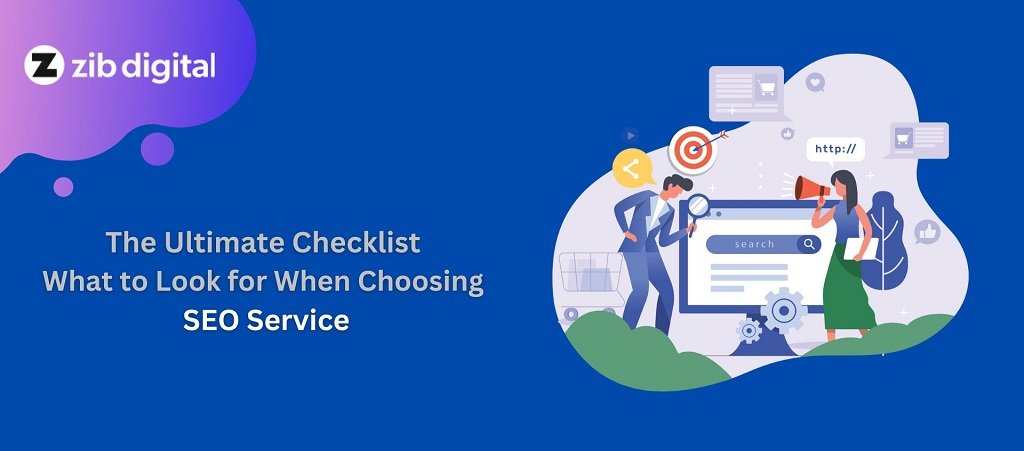How To Track Your Digital TouchPoints For Successful Marketing?

Overview
There’s no question that effective marketing requires a strategic mix of digital and traditional tactics. As the majority of businesses rely on digital channels, it’s becoming increasingly difficult to track all of your touchpoints. That’s where attribution comes in. Attribution is the process of tracing a customer’s path to purchase, so you can better understand which channels work effectively for your business. Continue reading the blog till the end to know how to track your digital touchpoints for successful marketing.
Attribution is basically the process of figuring out which digital touchpoints are driving customer behaviour and conversions. Once you know which touchpoints are most effective, you can focus your marketing efforts there and see better results for your SEO Sydney.
Last- vs. First-Touch Attribution
There are two types of attribution models: last-touch and first-touch. Last-touch attribution assigns all the credit for a conversion to the last marketing touchpoint the customer interacted with before purchasing. On the other hand, first-touch attribution gives all the credit to the customer’s first marketing interaction. Which one is right for you? Well, that depends on your business and its goals. Last-touch attribution is your best bet if you want to know which specific channels are driving conversions. However, first-touch attribution is better if you’re more interested in understanding your brand’s reach and overall influence.
How to Conduct Multi-Touch Attribution?
When it comes to attribution, marketers face a common challenge: determining the relative value of different channels. After all, a customer may visit your website first but then purchase a product from one of your social media pages. Multi-touch attribution can help. This methodology considers all of the channels that contribute to a sale, giving you a more precise picture of how your marketing efforts are performing. By tracking your digital touchpoints, you can ensure that your marketing is as effective as possible. It’s not always easy to conduct multi-touch attribution, but it’s definitely worth the effort.

Collect data:
Given that this is a data-driven process, you’ll need to set up ways to gather information about visitors to your website, including how they got there and whether or not they converted.
Below are some of the useful methods:
Entering code into the backend of your websites that allows you to track customer views, actions, time on page, and where they came from is known as JavaScript (such as email, social media, search engines).
UTMs are snippets of data that are added to the end of your URLs and provide information about the sources of a customer’s visit. It will include information like the platform they used, the campaign they interacted with, and even the creative styles they used.
Combine data:
After you’ve gathered all of your data, you’ll need to merge and aggregate it. Depending on your technical skills, you can go the DIY route and build a data warehouse, or you can leverage current technologies to bring this information together. It’s crucial to recall the qualitative features of the process outside of the quantitative outputs, such as the involvement of multiple stakeholders.
Data visualisation:
The crucial thing is that you’re tracking your digital touchpoints and assigning value to them, regardless of which attribution method you choose. This will allow you to determine the most significant in the buyer’s journey and allocate more resources to those that produce results. This will enable you to gain the essential knowledge and understanding of your data to better your overall digital marketing strategy and ROI.
How to collect data on digital touchpoints?
There are various ways to collect data on your digital touchpoints. One basic way is to use a tool like Google Analytics to track website visits and user behaviour. Social media listening tools work best to track mentions of your brand online. By monitoring this data, you can better understand how your customers are interacting with your brand online and identify any opportunities for improvement.
What to do with the data collected on digital touchpoints?
After you’ve collected all of this valuable data, it’s essential to know what to do with it. This data can be effective to make strategic decisions about your marketing plans and how to allocate your resources. Once you have this data, you can monitor which channels are most effective for reaching your target audience. You can also see which content resonates with them and figure out how to produce more of that type of content. Additionally, you can use the data to improve your website’s user experience and ensure that potential customers have a smooth experience when they visit your site. Overall, the more data you have about your digital touchpoints, the better equipped you’ll be to market your business successfully.
How do measure the success of tracking digital touchpoints?
Measuring the success of your tracking digital touchpoints can be tricky. There are a number of ways to do it, but it mostly depends on your goals and what you wish to accompolish with your marketing efforts. If you’re looking to see how many people are clicking through your ads or landing on your website, Google Analytics is best to see how much traffic your marketing is driving.
To track how well your marketing is performing, you can also look at the conversion rate, such as filling out any form or making a purchase). If you’re looking for more in-depth insights, you might consider using a customer relationship management (CRM) system to track leads and measure customer engagement. No matter which method you use, make sure you set measurable goals so you can track your progress and see what changes are required.
Conclusion:
Digital touchpoints are an essential part of any marketing strategy, and it’s crucial to track them to measure the progress of your marketing efforts. By tracking digital touchpoints, you can collect data on how customers interact with your brand online and use the accurate data to improve your marketing strategy.
Related Posts

The Ultimate Checklist What to Look for When Choosing an SEO Service

Mobile SEO Essentials: Optimising for Today’s On-the-Go Users

